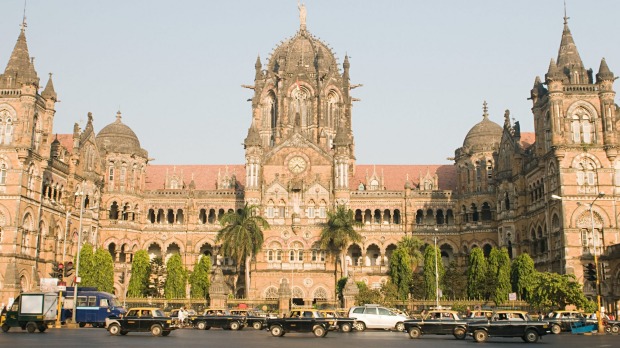
As Australians, we don't need to travel far to experience the thrill of being in a world-class railway station.
Melbourne has two. The glorious facade of Flinders Street, with its famous row of clocks, and the futuristic roof of Southern Cross are among the most visually exciting places to start any journey.
But what is it that makes railway stations so evocative, so personal, so much more interesting than, say, an airport or a bus station?
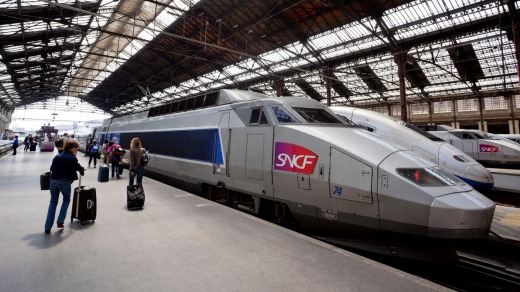
Perhaps more than any other secular building, railway stations evoke the same sense of civic pride and spiritual ambition as cathedrals. Of course stations have to be functional, but the very best are creations of great architectural beauty and imagination.
These are my personal favourites: feel free to disagree.
1. GRAND CENTRAL TERMINAL, NEW YORK
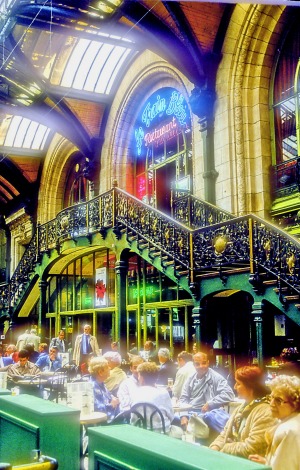
It's hard to go past Grand Central, often referred to (by Americans) as "the world's loveliest station". Other US stations - notably LA's Union Station and Chicago's Union Station - are also worth a visit even if you are not catching a train.
But Grand Central is on a scale of its own, a wonderful monument to the classic Age of Rail which built America. It has more platforms (44) and has (possibly) appeared in more movies (Men In Black, The Godfather, Carlito's Way) than any other station.
The fabulous and cavernous Main Concourse that is Grand Central's jewel in the crown. Meeting under the four-faced brass clock on top of the information booth is one of the most romantic rendezvous points imaginable. Be sure to save time for champagne and seafood at the station's justly-celebrated Oyster Bar.
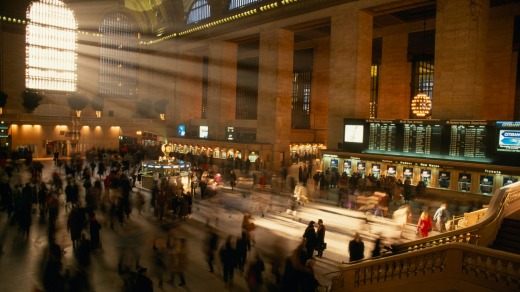
2. BLACKFRIARS STATION, LONDON
What? No St Pancras International, designed by Sir Gilbert Scott, revered by the poet John Betjeman and now beautifully re-imagined as the London terminus of Eurostar trains whisking you to Paris and beyond?
Yes, I love St Pancras, and the British are doing a similarly fine job reinventing neighbouring Kings Cross Central. But on a recent trip back "home", a dear friend said I shouldn't leave London without seeing the new Blackfriars.
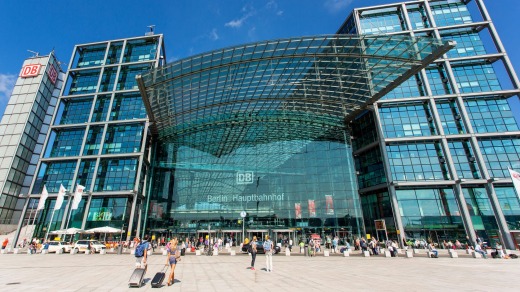
She was right. It's spectacular, offering perhaps the best view in London of the River Thames and the dramatic new eastern skyline including Christopher Wren's St Paul's Cathedral, Norman Foster's "Gherkin" and Renzo Piano's "Shard".
3. CHHATRAPATI SHIVAJI TERMINUS, MUMBAI
Yes, I was rash when I said New York's Grand Central might have appeared in more movies than any other station. Mumbai is the capital of Bollywood, so the real champion is almost certainly the railway station still known to many as Victoria Terminus, and the setting of the uplifting finale in the Oscar-winning movie, Slumdog Millionaire.
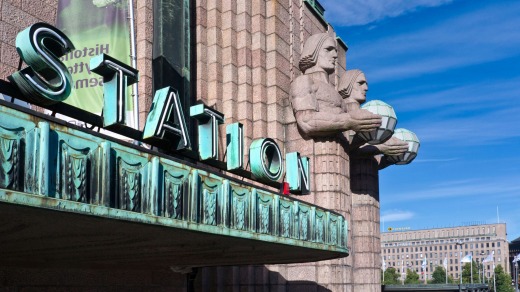
A UNESCO World Heritage listed site, this station was finished in 1887 from a design which included influences of Victorian Italianate Gothic, Mughal and British Imperialism.
The best thing about the station? Watching a train depart in peak hour and seeing how Indians live: full on, without complaint.
4. GARE DE LYON, PARIS
Some mistake surely? Isn't Paris's Gare du Nord the busiest railway station in continental Europe?
Yes, but Gare de Lyon, one of the other six major railway termini in Paris, is still the northern terminus of the Paris to Marseille railway, served by some of the fastest (TGV) trains in the world, with a facade which includes one of the most famous clock towers in European history.
But the real reason to come here if you are not heading south is to experience Le Train Bleu. Originally called Le Buffet de la Gare de Lyon, this Belle Epoque restaurant is a wondrous confection of over-the-top decoration.
(And yes, it has appeared in films too, including George Cukor's Travels With My Aunt and Rowan Atkinson's Mr Bean's Holiday.)
5. STESEN KERETAPI, KUALA LUMPUR
I have loved Kuala Lumpur Railway Station (as most people still call it) from the first moment I saw it in the 1980s.
Finished in 1910 (for a cost of £23,000!), it is a strange hybrid of Eastern and Western architectural influences and was once the most important railway hub in South East Asia.
Budget airlines have reduced the number of international trains ferrying passengers from Bangkok to Singapore, via Kuala Lumpur. But this handsome, anachronistic building is a reminder of a different era, and the benefits European Imperialism brought to Asia (among many evils).
6. SIRKECI TERMINAL, ISTANBUL
The first Orient Express train arrived in Istanbul in October 1883, having left Paris' Gare de l'Est with farewell music from Mozart's Turkish March. The journey took 80 hours, and there were no reported murders on board.
Today the modern equivalent, the Venice Simplon Orient Express, usually terminates in Venice, apart from one journey each year which climaxes at this station.
Its location alone places it at the forefront of stations which must be visited: a prime waterfront location on the Golden Horn, with ferries waiting to take you over the Bosphorus to Asia. Travel never gets any more exciting than this.
7. HAUPTBAHNHOF, BERLIN
Berlin's "new" Central Station was opened in 2006, 16 years after modern Germany was reunited after the fall of Berlin Wall in 1989.
For five decades, West Germany had no need of a station delivering passengers to the east. But the original station on this site, Lehrter Bahnhof, opened in 1871 and was the main conduit between east and west Germany. And so it is again.
The new station, designed by Meinhard von Gerkan and spanned by a huge curved glass roof, was opened by German Chancellor Angela Merkel in May 2006.
8. CENTRAL STATION, HELSINKI
Designed by Eliel Saarinen and opened in 1919, Helsinki's main terminus is clad in Finnish granite and is best-known internationally for its distinctive clock tower and its much-parodied gigantic statues holding spherical lamps.
Less well known is the station's private waiting lounge, originally built in 1911 for use by the Russian Tsar on journeys to and from St Petersburg. But the Russian Revolution of 1917 meant it never served its original purpose. With furniture designed by Saarinen, the lounge is now used exclusively by the President of Finland and guests.
9. CENTRAL STATION, TOYKO
This is the busiest station in Japan in terms of number of trains a day, though only the fifth busiest in Eastern Japan in terms of passengers a day. It is also the starting point and terminus of most of Japan's bullet trains, and is close to some of Japan's most important tourism draw cards, including the Imperial Palace and the shops of Ginza.
Major improvements to the station have been undertaken in the past few years, most notably the renovation of the historic western, Marunouchi side of the station which was finally restored to its pre World War II glory in 2012.
10. VICTORIA FALLS HOTEL, ZIMBABWE
I can't finish this piece without acknowledging some of the tiny, almost insignificant railway stations that have been such glorious destinations in my life.
Take Sighisoara Railway Station in Transylvannia, where my wife and I disembarked from a sleeper train before dawn one morning after a journey from Budapest's lovely Keleti station. We were there to visit Vlad The Impaler's castle, which inspired Bram Stoker's novel Dracula. It was winter and incredibly cold: so the station's buffet was a godsend.
Or Solan Station, that incredibly pretty station on the narrow gauge railway from Kalka to Shimla in the Indian foothills of the Himalayas. On the platform an extremely odd, fellow Englishman introduced himself, becoming a friend for life.
Or that arrival for the first time at the Victoria Falls Hotel, where a team of waiters greeted us with trays of cocktails after the long, dusty train trip.
It's moments like those thatmake train stations so special.